
CE certification: Wireless vs. Non-Wireless Products
EU CE certification directives:
CE certification is a mark of European Conformity (CE) for products entering the European market. It is divided into various directives based on different functions and purposes. Common directives include: LVD (low voltage directive 2014/35/EU), EMC (Electromagnetic Compatibility Directive 2014/30/EU), and RED (Radio Equipment Directive 2014/53/EU).
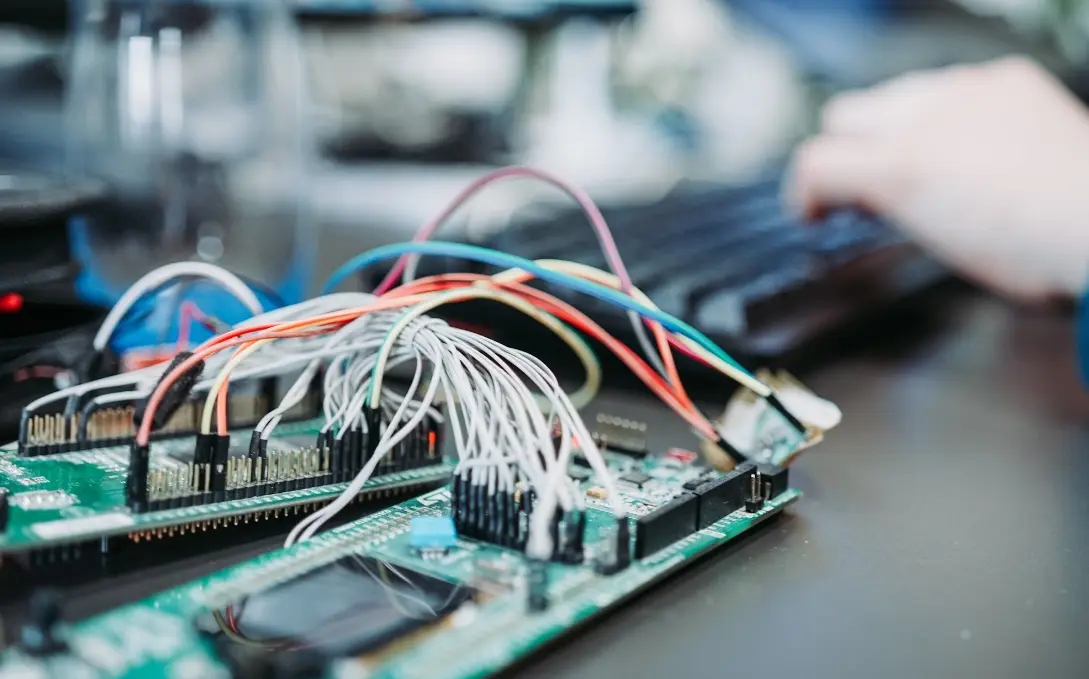
For general electronic appliances, CE certification usually covers these three directives. Products without wireless functions undergo LVD or EMC directives, while products with wireless functions additionally follow the RED directive.
lvd directive:
The LVD Directive focuses on product safety, ensuring that products pose no harm to users or the environment when used normally or as expected. It requires compliance with safety standards covering voltage range, insULation, shock prevention, and electric heating safety.
EMC Directive:
The EMC Directive ensures that products do not interfere with other devices and are not affected by them. Products should function stably without disrupting other devices and must meet specific electromagnetic compatibility requirements.
RED Directive:
The RED Directive primarily addresses the efficient use of the radio spectrum and electromagnetic compatibility of radio equipment. It ensures that products meet EU technical standards, covering aspects such as radio transmission performance and electromagnetic interference.
How to determine which directive to follow for a product?
1. All powered products must meet the EMC (Electromagnetic Compatibility 2014/30/EU) directive.
2. Based on the power supply and working voltage: Products using AC power with a rated voltage between 50V and 1000V, or DC power between 75V and 1500V, need to follow the LVD safety directive.
3. Products with wireless features such as Bluetooth, WiFi, NB-IoT, 2G/3G/4G/5G, RFID, etc., must comply with the EMC directive.
Note: If all the above conditions are met, all three directives (LVD, EMC, and RED) must be followed. However, the new RED directive (2014/30/EU) includes LVD and emc testing requirements, so products with wireless functions only need to follow the RED directive to fulfill CE certification requirements. The report will reflect the safety and EMC testing items.
Differences in test items across directives:
LVD test items:
1. Markings and instructions
2. Protection against access to live parts
3. Appliance startup
4. Input power and current
5. Heating
6. Leakage current and electrical strength at operating temperature
7. Moisture resistance
8. Leakage current and electrical strength
9. Overload protection of transformers and related circuits
10. Durability
11. Abnormal operation
12. Stability and mechanical hazards
13. Mechanical strength
14. Construction
15. Internal wiring
16. Power connections and external flexible cords
17. Terminals for external conductors
18. Grounding measures
19. Screws and connections
20. Electrical clearance, creepage distance, and solid insulation
21. Resistance to heat and flame
EMC test items:
1. Terminal disturbance voltage
2. Disturbance power
3. Radiated disturbances
4. Harmonic current
5. Voltage fluctuations and flicker
6. Electrostatic discharge immunity
7. Fast transient/burst immunity
8. Surge immunity
9. Voltage dips and short interruptions immunity
10. Discontinuous disturbance
11. Radiated RF electromagnetic field immunity
12. Conducted RF field immunity
RED test items:
1. Output power, duty cycle, emission sequence, emission gap, medium utilization
2. Power spectral density
3. Cumulative emission time, frequency occupancy time, and frequency hopping sequence
4. Frequency hopping channel spacing
5. Adaptive frequency hopping
6. Occupied bandwidth
7. Out-of-band emissions
8. Spurious emissions
9. Receiver spurious emissions
10. Blocking immunity
CE certification documents:
1. Application form
2. User manual
3. Circuit diagram
4. Structural diagram
5. Bill of materials
6. Fixed frequency software and operation instructions (required for wireless functions)
7. Provide 1-2 full devices without wireless function; 3 full devices + 1 fixed frequency sample device for wireless products.
Timeline:
Approximately 7 working days for products without wireless functions, and 2-3 weeks for those with wireless functions.
Additional requirements for EU exports besides CE certification:
1. EU ROHS environmental test report
2. Battery products must comply with iec 62133 or other battery testing standards
3. Transport certification: UN 38.3, MSDS (usually provided by the battery manufacturer), whole device transport identification
4. Products with adapters must meet ERP (EU 2019/1782 regulations)
Note: When designing full devices, consider purchasing certified components (e.g., power adapters with CE, ERP, ROHS certification), as it will simplify the ce certification process for the full device. Similarly, certified batteries can be procured to avoid needing separate battery certification.
It is highly beneficial to conduct pre-tests in a lab according to standards during product development to facilitate full device compliance later!
Email:hello@jjrlab.com
Write your message here and send it to us
 LED Lighting EMC Testing Service
LED Lighting EMC Testing Service
 EU REACH Compliance Testing Services
EU REACH Compliance Testing Services
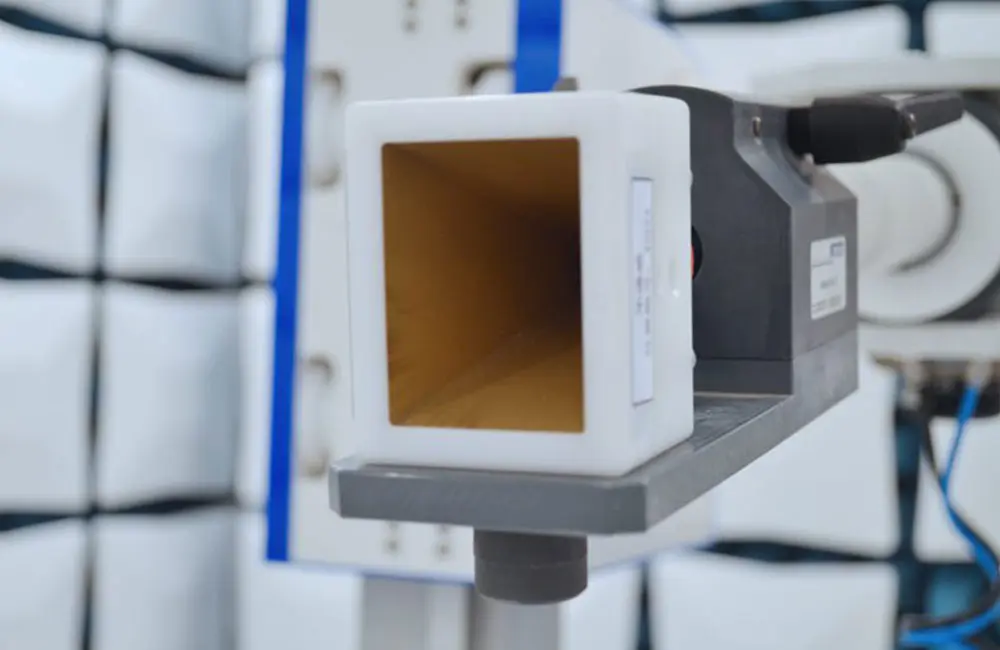 Electronic and Electrical Reliability Testing Serv
Electronic and Electrical Reliability Testing Serv
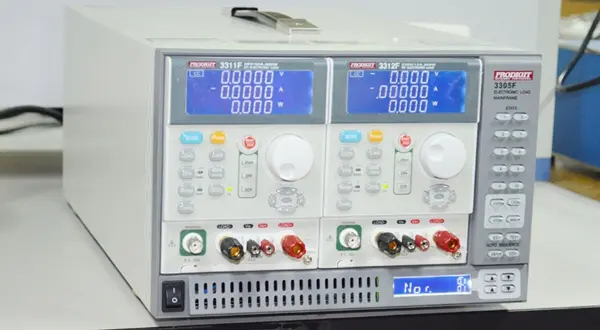 Electronic & Electrical Safety Compliance Test
Electronic & Electrical Safety Compliance Test
 Shenzhen Electronic Electromagnetic Compatibility
Shenzhen Electronic Electromagnetic Compatibility
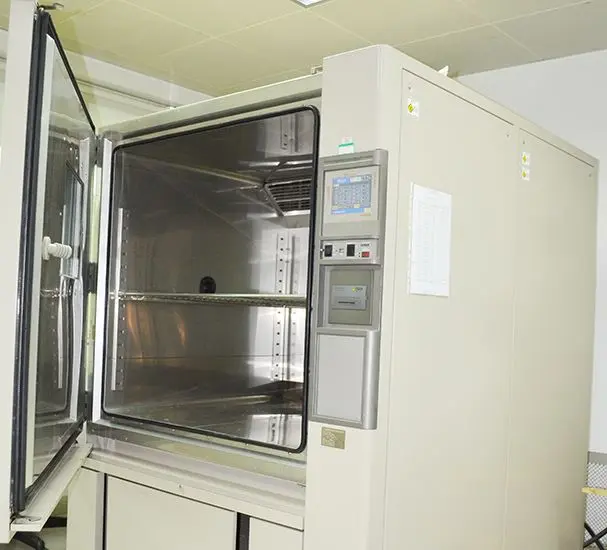 How to Test IP68 Rating
How to Test IP68 Rating
 Differences Between FDA and LFGB for Food Contact
Differences Between FDA and LFGB for Food Contact
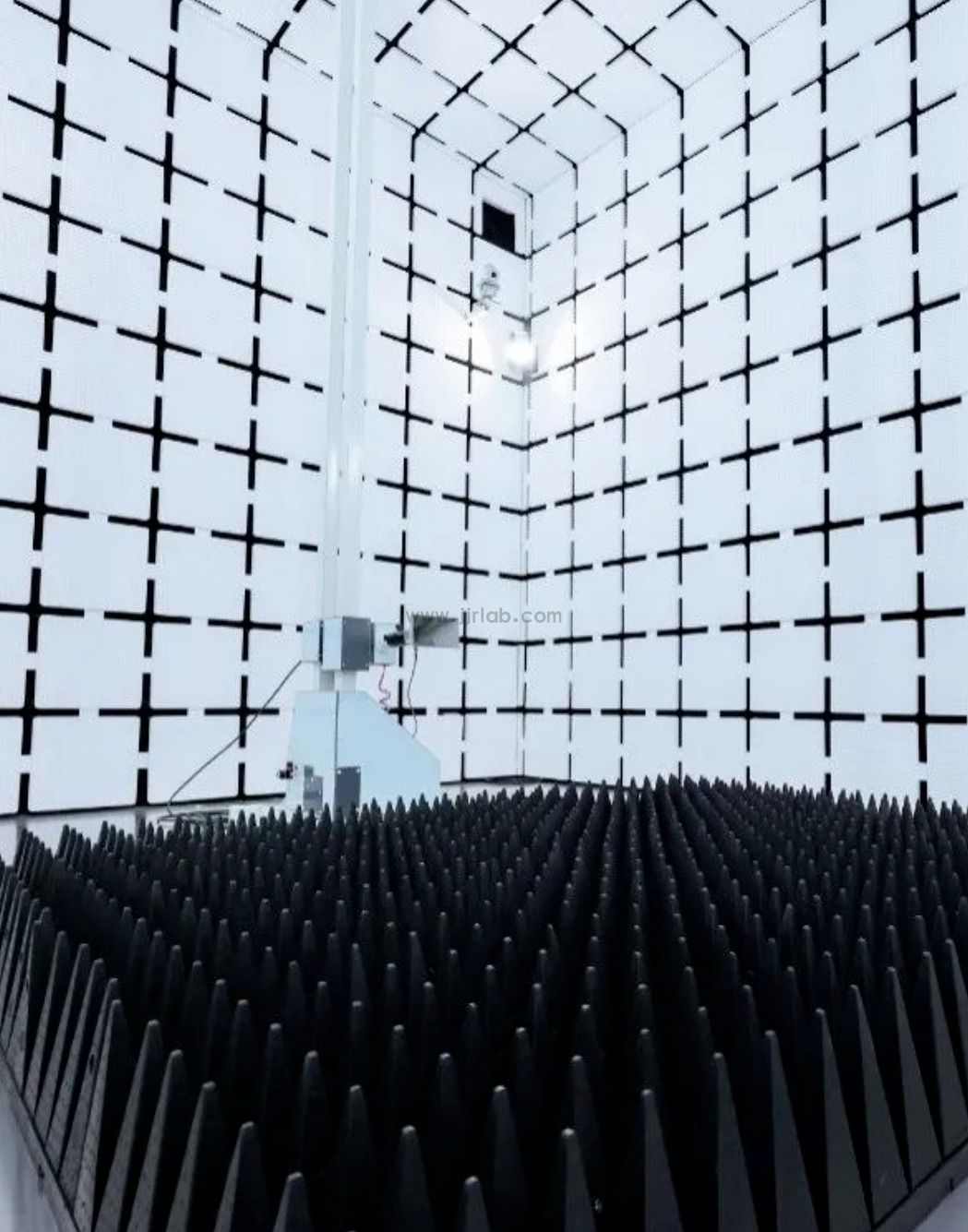 Process and Precautions for Amazon CPC Certificate
Process and Precautions for Amazon CPC Certificate
Leave us a message
24-hour online customer service at any time to respond, so that you worry!




